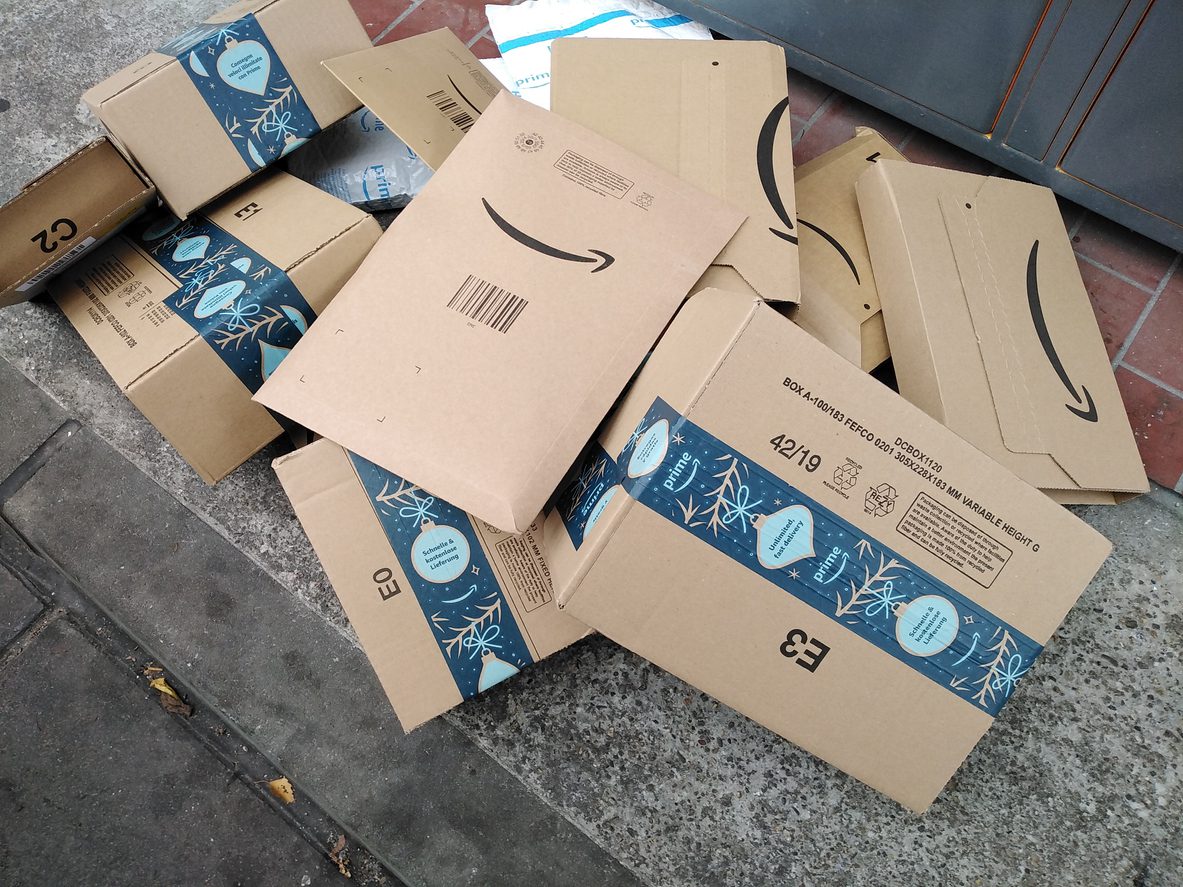Imagine you’re a third-party seller on Amazon. Your profit margins are already shrinking due to increasing advertising fees, Fulfillment by Amazon (FBA) seller fees, and inflationary surcharges. To cover your costs, you’re forced to increase your product prices on Amazon. Days later, you realize your clicks, sales, and profit are drastically down on the site.
The reason for this? Amazon is punishing you for selling your product for less on other marketplaces. Unfortunately, “Buy Box Suppression” is a reality for far too many sellers, and it’s how Amazon is raising consumer product prices on the entire internet.
To break it down, Buy Box Suppression is when Amazon removes the “add to cart” button from a seller’s product detail page and replaces it with “see all buying options” button — forcing the shopper to go through extra steps to purchase the product. This small change can drastically reduce sales for sellers since Buy Box Suppressed listings lose traffic.
Consumers enjoy the convenience of the Buy Box, and when faced with additional steps, they buy other products. Additionally, the ranking algorithm that gives prime placement on the hallowed Amazon Search Results Page (SRP) requires clicks and sales for top placements.
When you lose clicks due to Buy Box Suppression, you lose your placement on the SRP, and consumers can no longer find your product. I regularly see sales drop by 30% or more within the first week of Buy Box Suppression.
Awful Price Control Trick
When a listing is suppressed, sellers are often left with no choice but to respond by raising their prices on other lower-cost online marketplaces so that Amazon will return the Buy Box to their listing. So not only do sellers lose valuable sales due to this tactic, but online shoppers are forced to pay higher prices on other online marketplaces. Other marketplaces often have lower fee structures for sellers than Amazon, but sellers are prevented from passing those savings on to the consumer because of this awful price control trick.
Amazon once had a price parity clause in its contracts with third-party sellers, which prevented them from offering lower prices on other eCommerce websites. The tech giant did away with this in 2019 as the Department of Justice considered opening an antitrust investigation into these policies amid heightened scrutiny from politicians.
As a result of this so-called price parity clause, sellers were duped into thinking they finally had the freedom to set their own retail prices across various marketplaces. I myself felt the same when our pricing parity clause was removed from our seller agreement, only to learn that a new digital price control tool called Buy Box Suppression replaced the clause’s intent.
How is Buy Box Suppression any different from the price parity system that was done away with amid rising scrutiny in 2019, you may ask? It is not. If anything, the consequences are now worse, especially for shoppers seeing increased prices across all websites in addition to the already high prices caused by inflation.
With inflation hitting 9.1 percent in June, Americans are struggling to keep up with the rising prices of groceries, gas, and rent, among other everyday essentials. The last thing American shoppers need is for product prices across all of their favorite eCommerce websites to increase so that Amazon can artificially claim price leadership.
Pressure to Raise Prices
Most people are used to hearing the narrative that Amazon keeps prices low across all marketplaces. The argument is that Amazon can set the price of its products so low that retailers are forced to match those prices, lowering average costs across the industry. But this is no longer the case since third-party sellers now bring in the majority of Amazon’s sales. Today, sellers are forced to raise their prices everywhere else due to the fear of suppression.
One may think the simple solution is for businesses to avoid selling on Amazon altogether, but the tech giant’s success has made this practically impossible. More than 60 percent of Americans looking to purchase something online begin their search on Amazon instead of a search engine. Product sellers cannot ignore Amazon and must sell on the platform or forfeit greater than half their sales potential.
Read the full article here:











